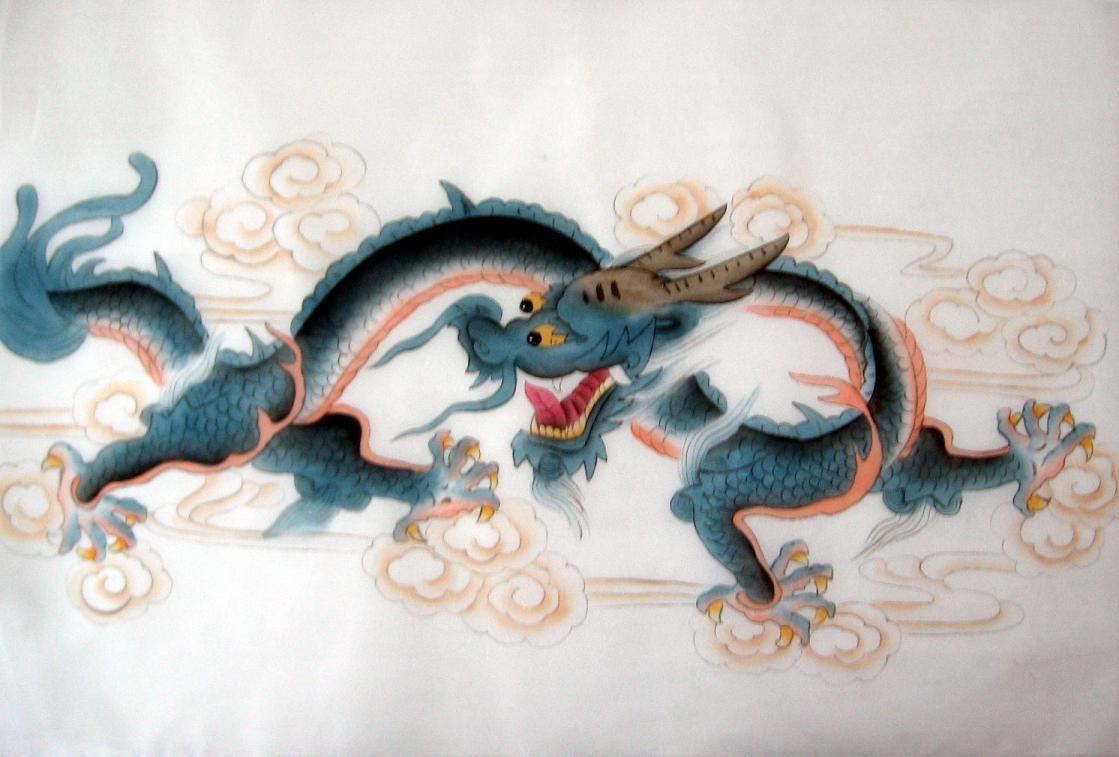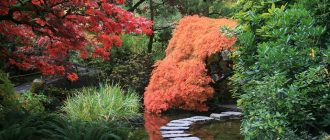Discover the legacy of Japanese dragon paintings and how it has managed to retain its appeal over the turning centuries.
The image of the dragon holds great significance in Japanese culture and tradition. Known as ryu or tatsu to the locals the dragon is considered to be one of the most powerful mythical animals from Japanese folklore.
The typical Japanese dragon as portrayed through various forms of art is a big and fantastic animal that bears similitude to a serpent. The dragon with its might is supposed to dwell near large bodies of water and has legs as well as claws.
The depiction of Japanese dragons in their paintings differs in some respects to the dragons found in Chinese art. Unlike the Chinese dragons that are often shown flying around in the air the Japanese dragon hardly takes off. In fact the majority of the paintings depict the dragon without any wings. This is one of the reasons why the Japanese dragon looks a lot more like a serpent as compared to the Chinese ones.
Almost all Japanese dragon art pictures the beast with three claws rather than the five and four clawed Chinese counterparts. Since Japan is an island it means that it is surrounded by the sea which acts as the home for these mythological characters.
According to Japanese mythology the dragon descended from the heavens. This is one of the reasons why the image of the dragon is revered and held in high esteem. The image of the dragon is used to honor heroes and even the emperor.
Japanese mythology has its share of evil and good dragons. The country adopted the idea of a good dragon from China prior to which dragons were considered to be evil beasts. When it comes to Japanese dragon art the country has a lot to show to the world. There is perhaps no form of art where the dragon has not been used as the central theme.
This is not to say that dragon art in itself is something solely Japanese. Rather the dragon has been used in many different cultures of Asia such as India and even as far as Europe. Despite the abundant use of the beast in Japanese paintings the image of the dragon continues to have the same intriguing appeal on the masses. This is one of the reasons that the image of the dragon can still be found on contemporary art.
The dragon has also been a popular choice when it comes to the history of the art of tattooing in Japan. In recent years this practice has been adopted by the west where dragon tattoos are very popular.
It is however the vast collection of dragon paintings that display the artistic sense and imagination of the Japanese painters who sought to draw the creature in great detail. Without a doubt it is these detailed paintings that have served as the basis for much of the modern dragon art especially the kind of dragon imagery that has been used in cartoons and video games.





